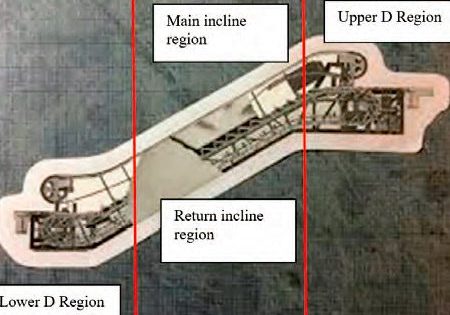In this Readers’ Platform, your author discusses how global supply disruption impacts lift drive availability and obsolescence.
Over the past 18 months, semiconductor manufacturers have pivoted from supplying industrial automation products to satisfying the huge pandemic-related demand for IT and consumer electronics. Inevitably, this has led to supply disruption and longer lead times for some lift drive OEMs. Factories in Asia cannot cope with current demand, and delays in production and shipping are further compounding these issues. As a result, OEMs worldwide cannot control the supply chain, and this leads to an inability to manufacture their own products.
Delays in the supply of consumer goods is an obvious symptom of the semiconductor shortage, but it pales into insignificance when compared to the supply interruptions that are caused when a failure on a highly complicated automated production line in a food processing factory, or a pump failure at an oil refinery, bring production to a halt. Maintenance of elevator and escalator systems has become significantly more difficult as a result of the shortages.
A single new elevator can use up to 10 microprocessors to run its multiple systems. Communication, programming, speed and torque control, speech synthesis, auto dialers and uninterruptible power supply systems all require these products. Limits on the availability of replacement electronic components combined with the manufacturer’s approach for “planned obsolescence” have meant that even an expensive upgrade to the latest drive unit or processor printed circuit board is not possible.
Solutions
Repair would be the obvious remedy, but finding a supplier that has the capabilities to repair and service an elevator drive is not easy and, therefore, sending a drive out to a general industrial electronic repairer will often result in disappointment. If time is not on your side, even a fast and successful repair may not be an option.
“Service exchange” or “core exchange” has become increasingly popular over the past five years. This allows a replacement unit to be prepared without the need for a lengthy repair process. The reconditioned unit is then simply exchanged for the faulty unit, and the elevator is returned to service. This offering is more costly than a repair, but the service is similar to that of purchasing a new unit. In terms of managing obsolescence, it allows the maintenance provider to quickly source and fit a replacement drive, identical to the original, often with a warranty that exceeds that of a new unit.
Rethinking your supply chain management is obviously necessary; however, it takes time, while still relying on external factors. Having a reliable supplier that holds hundreds of fully refurbished drives — including obsolete models — ready to install, and thousands of parts for repairs, is more imperative than ever.
Over the past 18 months, NDC Elevator Drives has recorded a 350% increase in enquiries from customers looking to repair or exchange once-readily-available low-output drives that historically would have been replaced.
Typically, these drives have been rated at less than 5.5 kW and have been removed from platform or small goods lifts. Their lower output rating does not, of course, imply that their failure is any less costly or disruptive to the contractor or their client — especially when the fault occurs on a Disability Discrimination Act access application.
NDC has always maintained stock of these drives (and their associated components) and, additionally, continues to support many obsolete models, too.
Get more of Elevator World. Sign up for our free e-newsletter.









